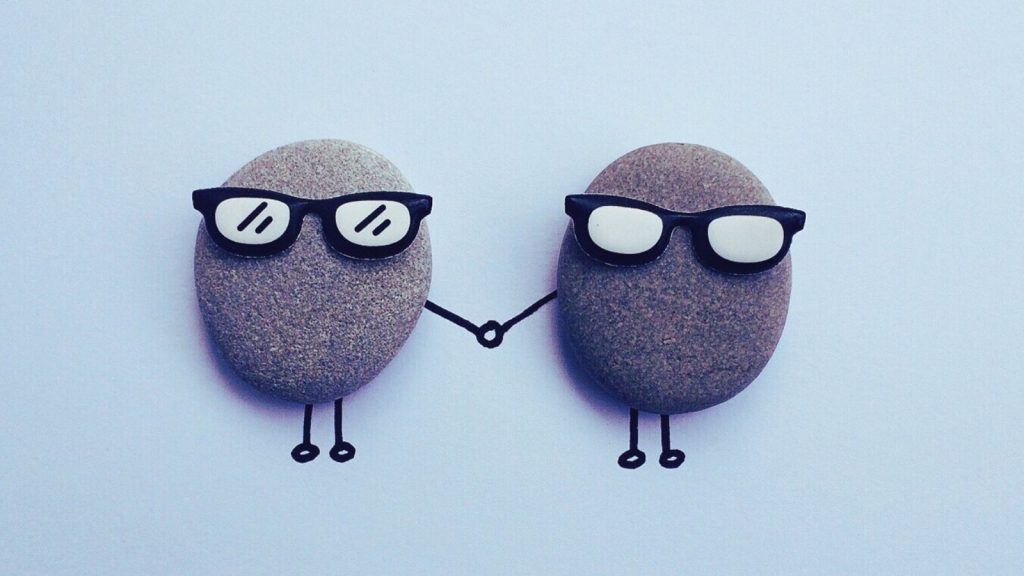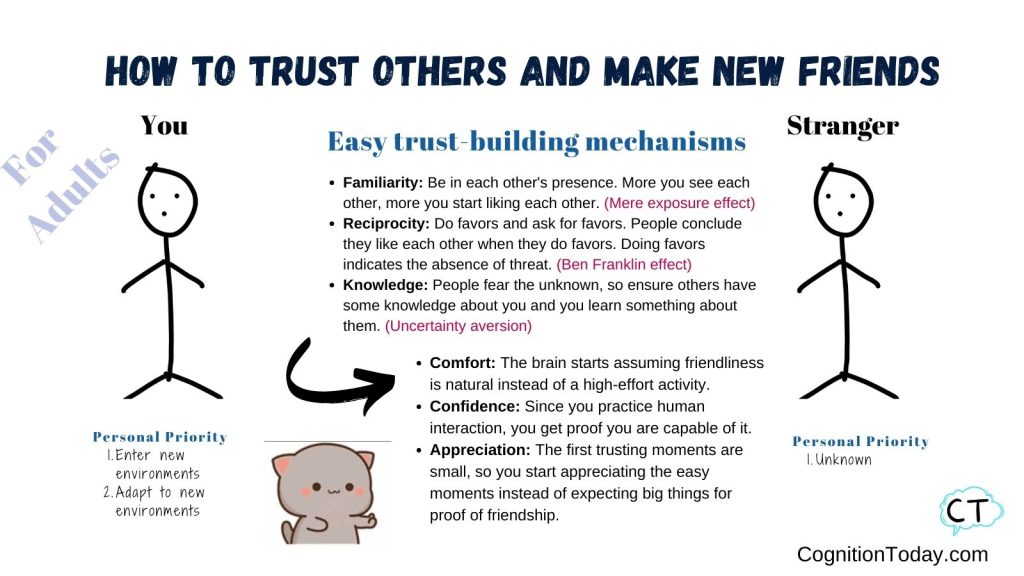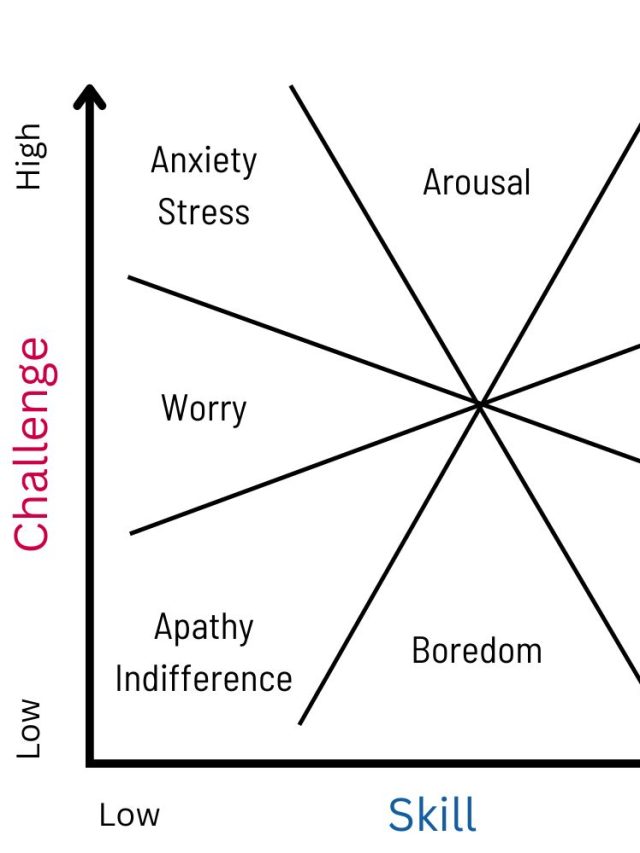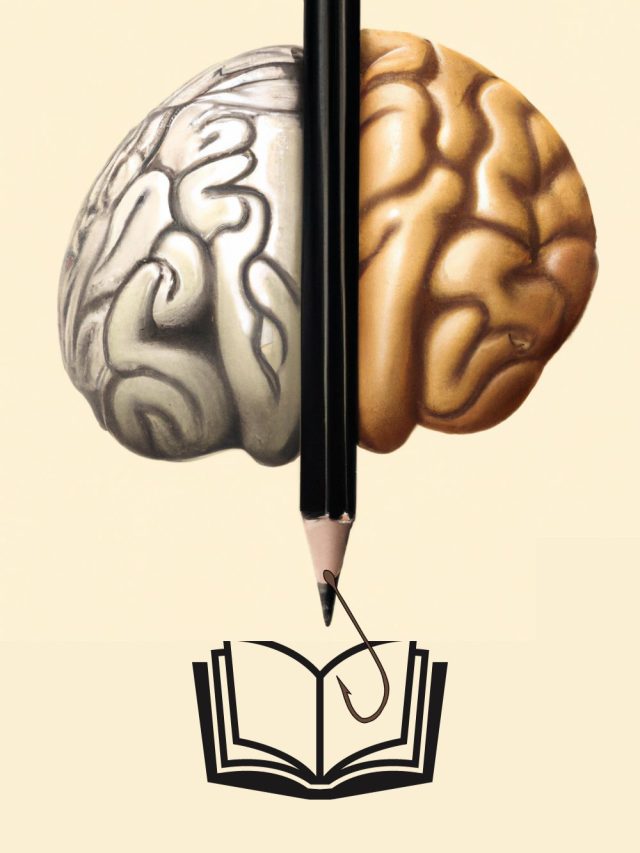First, let’s look at how many friends people have. Because, you might just have an expected amount of friends and not know it. Others can create the impression that they have more friends through self-image-enhancing posts[1] on social media which may make you think you don’t have enough.

- How many friends do people really have?
- 3 mental barriers to forming friendships
- 10 Reasons why you are finding it hard to make friends
- Disarming strangers to initiate a friendship
- Automatic friendship triggers
- 10 Ways to initiate a friendship as an adult without a direct romantic interest
- Visual summary
- Sources
How many friends do people really have?
You’ve probably heard of Dunbar’s number. 30 years ago, Robin Dunbar mapped[2] the size of the brain’s neocortex and graphed out how many members are there in primate groups. Using that data, he extrapolated that humans have the cognitive capacity to manage 150 friends. In reality, this is far from accurate. Researchers now think that this is a gross misrepresentation of how many real connections we can have in our social circle, which does not include acquaintances and random LinkedIn connections.
Different statistical methods suggest the number can approximately vary anywhere between 2 and 520. One method says it is between 16 to 42 and another says its 69 to 109. Since the estimates are so inconsistent, perhaps we are looking at it incorrectly and we cannot think of a mental limit for how many friends we can have in total, and only consider how many friendships we can maintain through effort based on how much time we have.
7 to 9% of men of all ages and 6 to 16% of women of all ages reported losing touch with most of their friends according to the May 2021 American Perspectives Survey[3]. The survey also reports that between 30 to 45% of all men and women have lost touch with new friends in the past 12 months (the first year of the pandemic). This shows that the potential for new friends was dramatically reduced through the pandemic. Only 40 to 60% of people remained in touch with their close friends.
Snap Inc.[4]‘s survey of 30,000 people across 16 countries including India, the U.S., Germany, and Malaysia has some interesting insights. About 48% of people are intentionally reaching out to others they have lost touch with. The pandemic created many anecdotes about long-lost friends and friends who fell out of touch reconnecting out of the blue. 2 motivations are likely driving this behavior – the sense of mortality that most people had, and the actual loss of friendships (about 33% people lost contact with friends). Their report says 79% of people globally lost touch with a close friend (88% in the US).
Snap’s previous 2019 report[5] on 10,000 people between 13 and 75 years of age says people have 4.3 best friends on average and 7.2 good friends and 20.4 acquaintances. These numbers are quite close to Dunbar’s predictions. According to Robin Dunbar’s original research, the total number of close friends people typically have is 5 and then there is the second layer of approximately 15 relationships that are close enough and form one’s immediate social circle.
Snap’s report says most people meet their lifelong friends around 21 years of age. The number of best friends varied across generations and cultures. Those in the U.K. had on average 2.6 best friends and those in South Asia had about 6.
Gen Zs seek intimacy in friendships with all forms of conversation. Boomers are relatively conservative with nearly 40% not wanting to discuss topics like love life, money, and mental health with their best friends. Millennials wished for as many friends as they could have and only 16% wouldn’t discuss those topics with their best friends.
3 mental barriers to forming friendships
Why is approaching friendship so difficult? A part of the answer may lie in your early experiences.
Your approach to friendship is partly influenced by your early experiences with your parents, authority figures, classmates, first friends, and siblings. These experiences create a “schema” which is a thought template that helps you process future experiences. Researcher Jeffery Young[6] describes 3 unhealthy schemas children develop that become barriers to forming healthy friendships in the future. They create unhealthy expectations about potential friends.
- Relationship schema: It is a belief system about how relationships operate. Children can learn through their experiences that friendships are automatic or given for free. Such a belief can prevent a person from making sufficient effort to approach others in a friendly way. Children may also learn that friendships only occur when there is a need, so when they grow older they internalize ideas like, “I can’t make friends if I don’t have something tangible to offer or ask.”
- Self-concept schema: It represents how one thinks about themselves. Children can develop self-esteem problems if they learn they are not good enough or not worthy of companionship or love through their parents’ behavior or peers in school. This becomes a self-sabotaging belief of inferiority or unlovability that prevents them from accepting friendships because they feel they don’t deserve them. Your inner voice describes your self-concept, and you could change your inner voice to reduce the impact of negative schemas. Another self-concept schema is thinking you are independent and need no one else. That belief reduces the chances of talking with other people for favors (which is important) and makes one less likely to organically “discover” other people.
- Perception-of-others schema: It describes how a child learns to view others. Some children may learn that other people are hostile, unfriendly, manipulative, overly critical, selfish, uncaring, unloving, or bad company through experience, instructions, or teachings. Anxious parents, traumatic experiences, or hostile cultural ideas can teach children to internalize such perceptions which make them pre-emptively defensive. This may grow into stereotypes and negative biases. They can make it difficult to welcome others’ efforts or notice them as potential friends.
10 Reasons why you are finding it hard to make friends
- You are hard to relate to, or they are hard to relate to.
- Your actions make people uncomfortable or feel unimportant.
- You are trying too hard and overwhelming others. And possibly, skipping small talk or doing too much of it when there is a potential mutual interest you could talk about.
- You aren’t taking enough initiative.
- You are prioritizing the idea of being friends more than the actual things you can do with a person before becoming friends (like games, coffee, meets, sports, music, books, etc.)
- You pursue unavailable people and ignore those who try to be your friends.
- You aren’t helping or doing any favors. That’s how some people give you a chance at meaningful interaction.
- You are missing opportunities that reinforce friendship. Hangouts, home invites, references, etc., are good opportunities to see if a friendship sparks up. You are not welcoming unexpected opportunities to build friendships and instead only trying to see if you can meet others on your own terms.
- You aren’t giving others something exciting or important to remember you by – considering many are busy with adulting, there may not be enough cognitive capacity to idly make friends. You may want to give a strong reason to stay in their awareness so you pop in and create a sense of familiarity.
- When you find a relatable moment but you start thinking about your own state, not theirs. You are counterintuitively reducing your empathy by fixating on your own story or situation instead of listening to theirs. This prevents you from genuinely taking interest in others and exploring a friendship together.
Related: How to break the loneliness loop
Disarming strangers to initiate a friendship
One possible problem is that your approach toward others is threatening or overwhelming. Society has evolved in such a way that people regularly disarm each other to initiate friendly interactions. Disarming here means making the other person more receptive to your approach and reducing their perceived threat. People are generally cautious of strangers and any unsolicited approach can feel threatening at a very instinctive level, so we have developed disarming behaviors like small talk and smiling.
Small talk
Small talk and mundane conversations are a timeless tried and tested way to disarm people. While it acts as a social lubricant, small talk is a neutral way to engage with others and quickly prove you are welcoming and non-threatening. Suppose you are thinking small talk is too cliche and you should begin with important things like life and mental health. The problem with that is it puts a social burden on the other person. There is a cost put on a listener when you speak of emotionally heavy things. Small talk lets you calibrate if the person is willing to put in small efforts first through small talk and then gauge if the person is ready for deeper conversations. At an abstract level, this is the foot-in-the-door technique[7] – others will agree to something big if you first start with something small and then increase the intensity of your requests.
Small talk is a social ritual[8] with a very formulaic sequence of remarks like “hey, what’s up?” to which someone replies, “nothing much, you say.” This ritual is a tool people use to build a sense of community before they proceed to get “transactional” or “goal-oriented.” In a shopping scenario, exchanging pleasantries is a ritual and then we proceed to bill or purchase.
Small talk contains “phatic expressions” which are ritualistic statements like “Uh-huh” or “oh wow” that aim to continue the small talk into a longer, meaningful full talk. While talking with others, and initiating a friendship, these phatic expressions act as a glue to improve the quality of communication.
In healthy small talk[9], there is a balance of silence and chitchat and this depends on the culture and context. Think of other people as socially distant and a mix of silence and chitchat reduces that social distance.

Smiling and returning smiles
When someone looks at you or if you want to approach them, smiling is an easy way to induce a positive state of mind. There are 2 levels to this: When you smile, you enter a positive state. When others see you smile, they are likely to reciprocate through instinct because of an empathy network in the brain called the as-if-body loop[10]. It mimics the other person’s bodily state – commonly called “mirroring”. This, in turn, creates a positive mood in them through a facial feedback loop[11] which induces a happy state because the facial expression is a smile. That is, the smile amplifies the subjective feeling of happiness or safety.
Another aspect of this is that people who smile are noticed faster and evaluated more positively. When looks matter, the smile configuration is an “attractor” and heuristic to conclude the person is safe.

Automatic friendship triggers
2 psychological phenomena automatically work in favor of a potential friendship.
- The Ben Franklin effect: The Ben Franklin effect[12] describes a tendency to believe you helped others because you liked them, even when that’s not true. So accepting friendly help can work in anyone’s favor if they want to initiate a friendship. Helping is also not threatening to them. Offering help, in some cases, can emerge from pure altruism. It is also a way to restore one’s self-esteem/self-worth and feel powerful or useful. The effect is robust when we make a direct request for help, not indirectly through others.
- The mere-exposure effect: The mere-exposure effect[13] states that repeated exposure to something makes us like it more. Repeated exposure reduces the amount of mental processing required, which the brain favors more than processing something complex. So seeing the same people over and over again, by chance or purpose, can make us like them through familiarity. Similarly, appearing in front of others repeatedly can make them like us too. Leverage social media to stay in other people’s awareness to facilitate the mere-exposure effect. This effect is likely pre-attentive, meaning familiar objects are more liked even if we don’t consciously acknowledge them[14]. So just having someone around is enough to develop a liking even if you don’t interact or even acknowledge them. The research says it applies to brands and products, but it theoretically applies to people too.
10 Ways to initiate a friendship as an adult without a direct romantic interest
- Find something specific you can do with someone and do it a few times. Start slow, be welcoming, relate to them, have a fun time.
- Spend quality time and have conversations. Then connect and stay in their awareness.
- Scout people based on a common interest. If you don’t find any, then take a chance on someone at random.
- Meet people and share something more than pleasantries.
- Remember details about them from your social media connections and reference them in conversations.
- Get them excited to share and talk about something they like.
- Let them help you and appreciate it, they will feel good with you and rationalize helping you as liking you.
- Break the tension of formality so you feel comfortable and less threatened by each other. Goof around. Have fun.
- Do people favors and help them to become familiar, useful, + likable.
- Enter a filtered context like special-interest groups or hobby clubs where you can directly connect over something that is mutually interesting and the person is already disarmed through that interest group. You can then extend your conversations beyond that mutually interesting topic.
Visual summary

Related: Are you lonely, alone, or need more alone time?
Sources
[2]: https://royalsocietypublishing.org/doi/full/10.1098/rsbl.2021.0158
[3]: https://www.americansurveycenter.org/research/the-state-of-american-friendship-change-challenges-and-loss/
[4]: https://newsroom.snap.com/en-GB/friendship-report-2020
[5]: https://newsroom.snap.com/en-GB/friendship-report-2019
[6]: https://link.springer.com/chapter/10.1007/978-1-4612-4880-4_13
[7]: https://psycnet.apa.org/record/1966-10825-001
[8]: https://www.taylorfrancis.com/chapters/edit/10.4324/9781315838328-1/introduction-sociolinguistic-perspectives-small-talk-justine-coupland
[9]: https://www.taylorfrancis.com/chapters/edit/10.4324/9781315838328-6/silence-small-talk-adam-jaworski
[10]: https://people.ict.usc.edu/~gratch/CSCI534/Readings/The%20Somatic%20Marker%20Hypothesis%20and%20the%20Possible%20Functions%20of%20the%20Prefrontal%20Cortex%20%5BandDiscussion%5D.pdf
[11]: https://www.nature.com/articles/s41562-022-01458-9
[12]: https://www.tandfonline.com/doi/abs/10.1080/00224545.2015.1095706?journalCode=vsoc20
[13]: https://psycnet.apa.org/doiLanding?doi=10.1037%2Fbul0000085
[14]: https://academic.oup.com/jcr/article-abstract/20/3/376/1838974

Hey! Thank you for reading; hope you enjoyed the article. I run Cognition Today to paint a holistic picture of psychology. My content here is referenced and featured in NY Times, Forbes, CNET, Entrepreneur, Lifehacker, about 15 books, academic courses, and 100s of research papers.
I’m a full-time psychology SME consultant and I work part-time with Myelin, an EdTech company. I’m also currently an overtime impostor in the AI industry. I’m attempting (mostly failing) to solve AI’s contextual awareness problem from the cognitive perspective.
I’ve studied at NIMHANS Bangalore (positive psychology), Savitribai Phule Pune University (clinical psychology), Fergusson College (BA psych), and affiliated with IIM Ahmedabad (marketing psychology).
I’m based in Pune, India. Love Sci-fi, horror media; Love rock, metal, synthwave, and K-pop music; can’t whistle; can play 2 guitars at a time.










